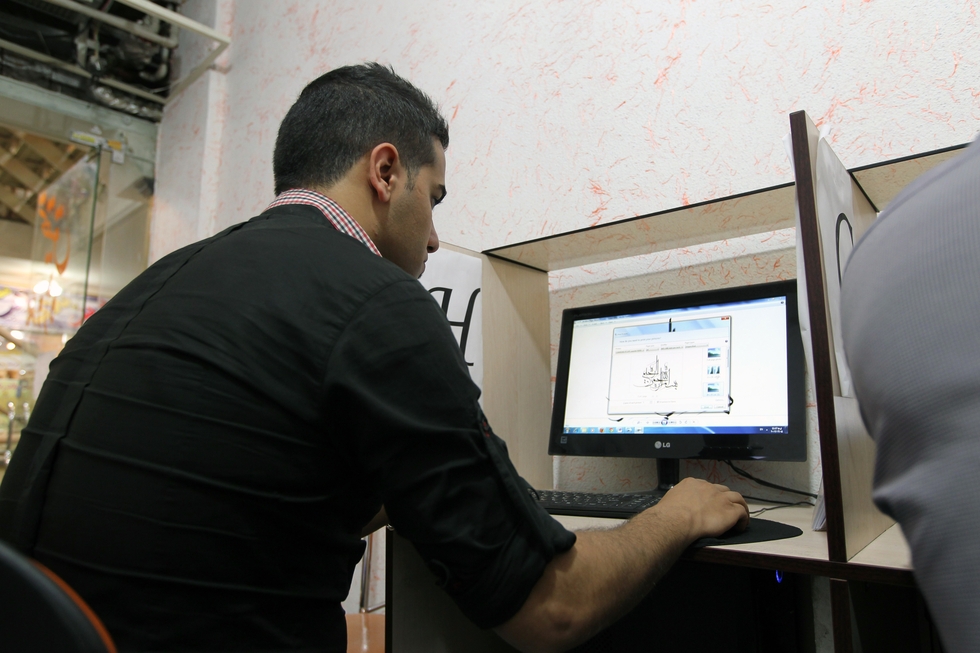Iranian computer hackers accessed controls of New York dam in 2013

Iranian hackers managed to access the control system of a New York dam in 2013, according to a Wall Street Journal report.
Hackers used a cellular modem to access the 20-foot-tall Bowman Avenue dam in Rye, New York, based only 20 miles from New York City, according to two people familiar with the security breach.
The attack appears to have occured as part of tit-for-tat retaliations between the US and Iran over the use of the Stuxnet computer worm to damage Iranian nuclear facilities in 2012.
A Homeland Security spokesperon would not confirm whether the breach had happened or not, but he said that the department had a 24-hour cybersecurity information-sharing hub and and an emergency response team who reacted to threats and vulnerabilities in infrastructure.
According to the Wall Street Journal, the US had more than 57,000 industrial control systems connected to the internet.
The breach has raised concerns not only about the scope of Iranian cyberattack capabilities but also about the vulnerability of key US infrastructure and the aging computer systems that control it.
Cybersecurity experts have identified three distinct types of cyber intrusions: corporate espionage intended to financially benefit foreign companies, hacks intended to do damage to infrastructure and intelligence-gathering efforts performed by enemy states.
Lawmakers have callled for the US government to set clear standards and responses for such attacks.
“We don’t know what constitutes an act of war, what the appropriate response is, what the line is between crime and warfare,” Rep. Jim Himes (D-Conn.) said in a House Intelligence Committee hearing in September, according to the Hill
Middle East Eye propose une couverture et une analyse indépendantes et incomparables du Moyen-Orient, de l’Afrique du Nord et d’autres régions du monde. Pour en savoir plus sur la reprise de ce contenu et les frais qui s’appliquent, veuillez remplir ce formulaire [en anglais]. Pour en savoir plus sur MEE, cliquez ici [en anglais].




